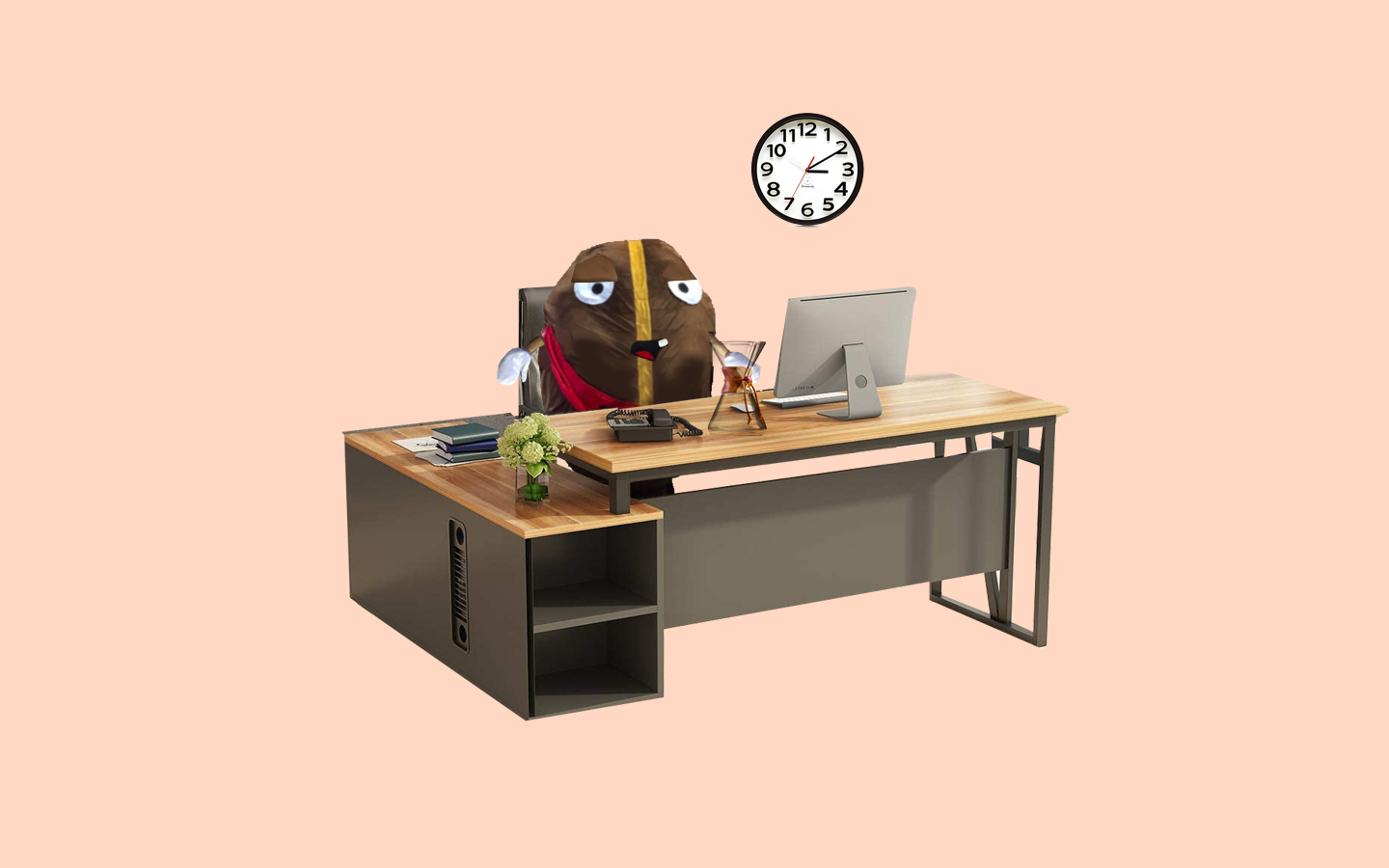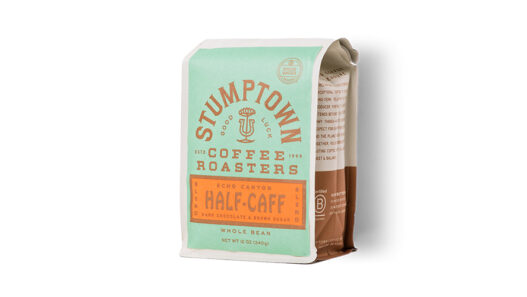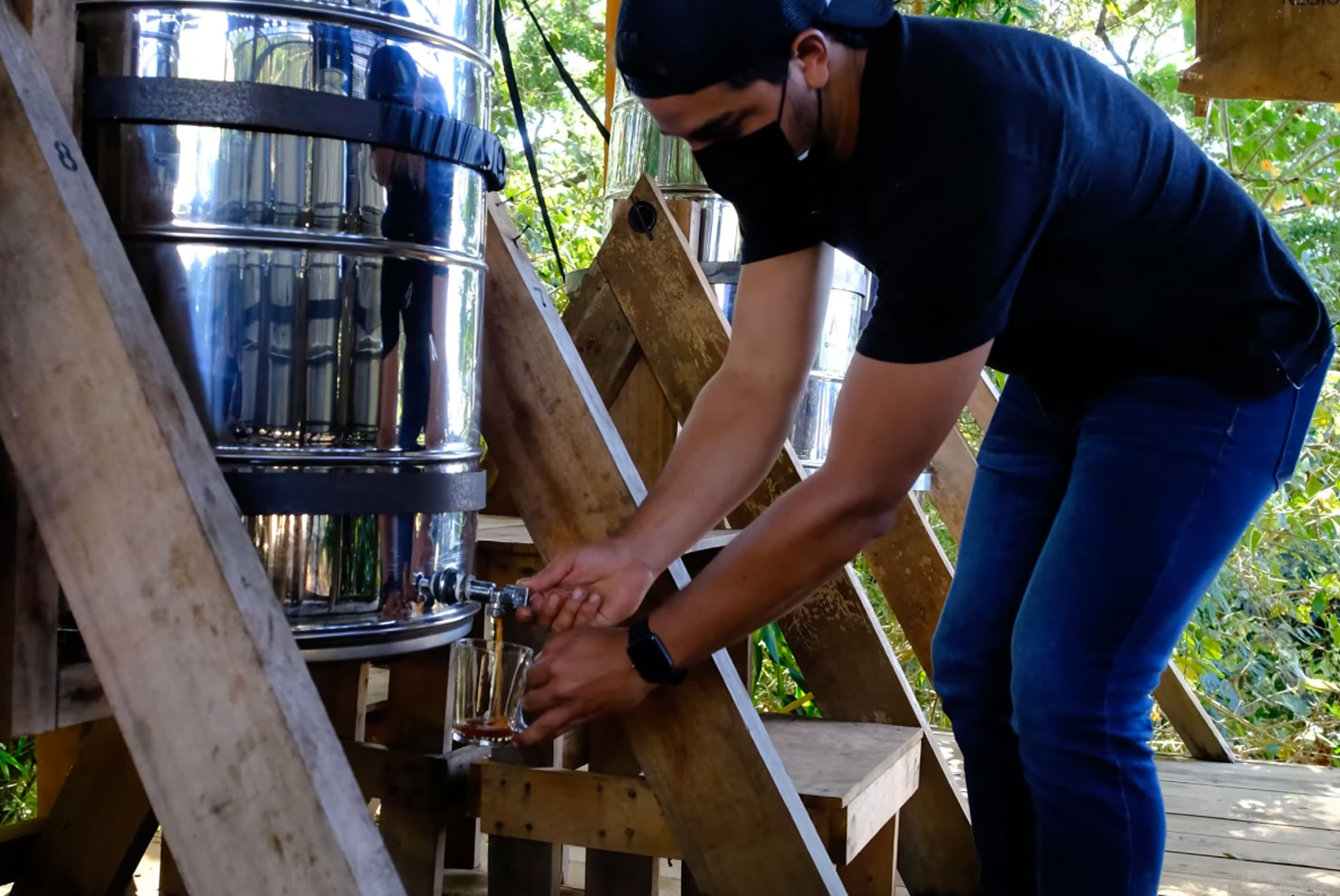Coffee Rust (Roya in Spanish) has been devastating Central & South American coffee farms over the last few years. The scope of the problem is massive, and our understanding of it is definitely still developing. To give you a crash course in this very pressing subject, we’ve put together this convenient set of facts from various talks given on the subject over the last year at the SCAA Symposium, the Nordic Barista Cup, La Marzocco’s Out of The Box event, and of course World Coffee Research’s International Rust Summit, and Sustainable Harvest’s Let’s Talk Roya conference.
It’s been heartening to see the development in understanding and coordination through the course of these events, but the hard work is just beginning. Rust is here to stay, and mitigating its effects is going to require long-term investment in new coffee varieties, various agricultural inputs, and better farm management.
1. Coffee Rust means Guatemala has 40% less coffee to sell this year. – Anacafé, Guatemala
2. Coffee Rust in Central & South America affects an area the size of Europe. – Dr. Peter Baker, CAB International
3. The coffee commodity market is broken: Coffee Rust has destroyed millions of sacks of production, but the C price has still gone down. – Dr. Peter Baker, CAB International
4. The Colombian government has spent $1 billion in the last 3 years subsidizing low coffee prices. Dr. Peter Baker, CAB International [a previous version of this story incorrectly stated that the Brazilian Government had spent $1 billion]
5. 0.1% of global coffee revenue is being spent on R&D–10x lower than in similar industries. Dr. Peter Baker, CAB International
6. Coffee Rust’s first epidemic in 1830 completely destroyed the coffee industry in Ceylon. Dr Stuart McCook, University of Guelph
7. Extreme weather & higher nighttime temperatures caused by climate change contribute heavily to Coffee Rust’s spread. Dr. Peter Baker, CAB International
8. The price of older non-resistant coffee seeds is $0.25/seed, new rust resistant hybrids cost $1.00. Dr. Christophe Montagnon, World Coffee Research
9. A tough choice facing many coffee farmers: feed your family or invest in rust mitigation. Dr. Peter Baker, CAB International
10. Cups of coffee affected by Coffee Rust often taste woodier and flatter. Finding of Sustainable Harvest’s Let’s Talk Roya cupping sessions.
11. Combatting Coffee Rust requires investment in total farm health: soil nutrients, proper shade coverage, pruning, spraying. Juan Alfredo Pacas Martinez, Café Pacas
The Coffee Rust epidemic is a true test of the specialty coffee industry’s commitment to sustainability. The commodity coffee market model is broken; coffee producers, importers, roasters, and cafes need to form tighter relationships committed to sustainable growth in order to combat Coffee Rust, save farmers’ livelihoods, and ensure the long-term availability of delicious coffee to drink. And a lot of money is going to need to be spent, at every level.
Sustainable Harvest’s Let’s Talk Coffee & Let’s Talk Roya events put the massive problem of Coffee Rust in keen relief for me. The specialty end of the coffee industry is starting to mobilize its response, and there is great work beginning to be done, but there is still so much more work to do and so many questions left to be answered. Later this week, in my final piece on LTC/LTR, I’ll explore one of the biggest questions yet to be answered: Where does the substantial capital required to fight Coffee Rust come from? Can we convince the consumer to pay higher prices for their cups of coffee?
Alex Bernson (@alexbernson) is the Assistant Editor at Sprudge.com. You can read more of his writing here.






















